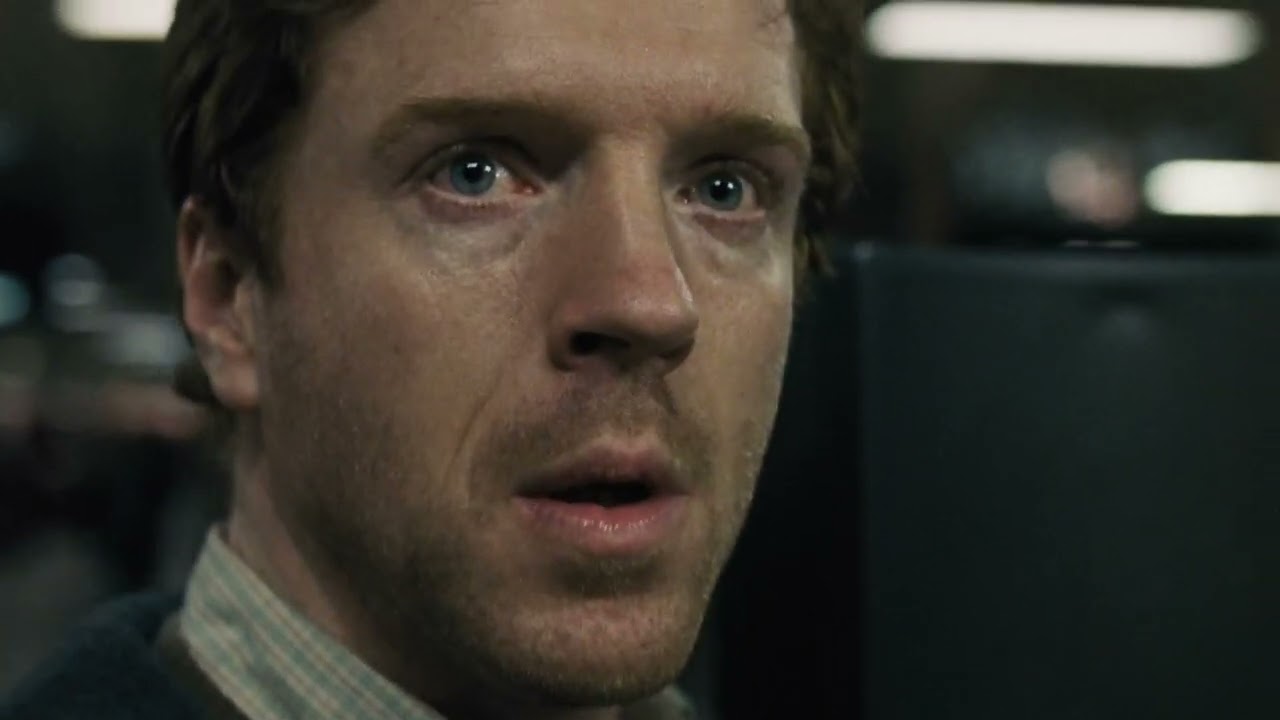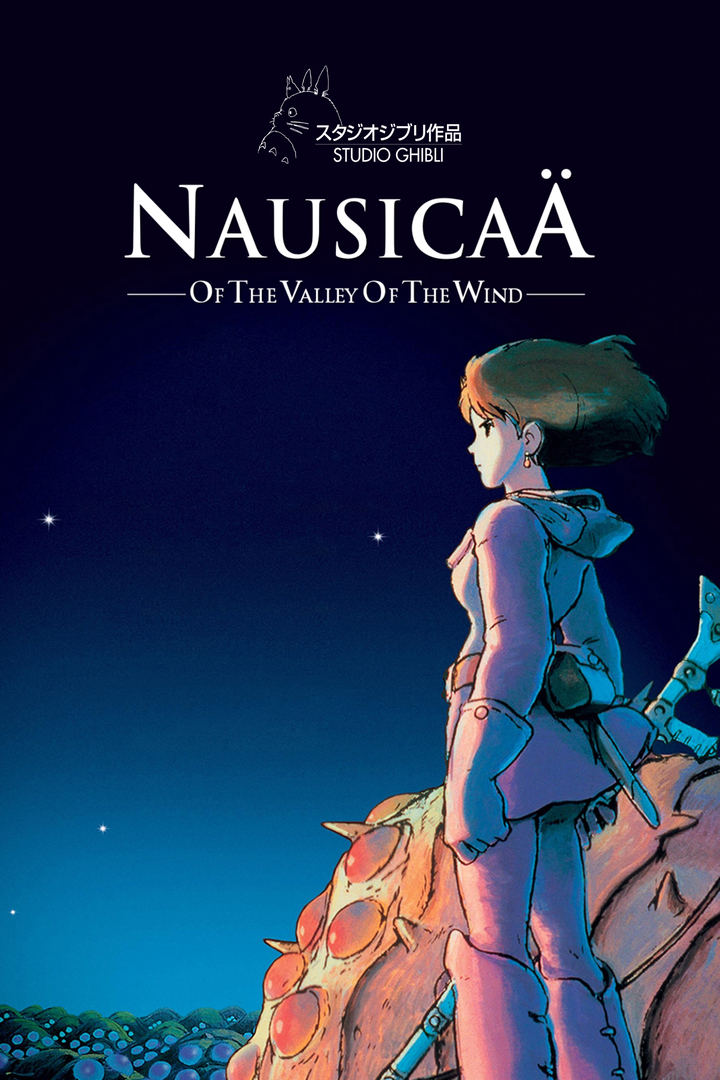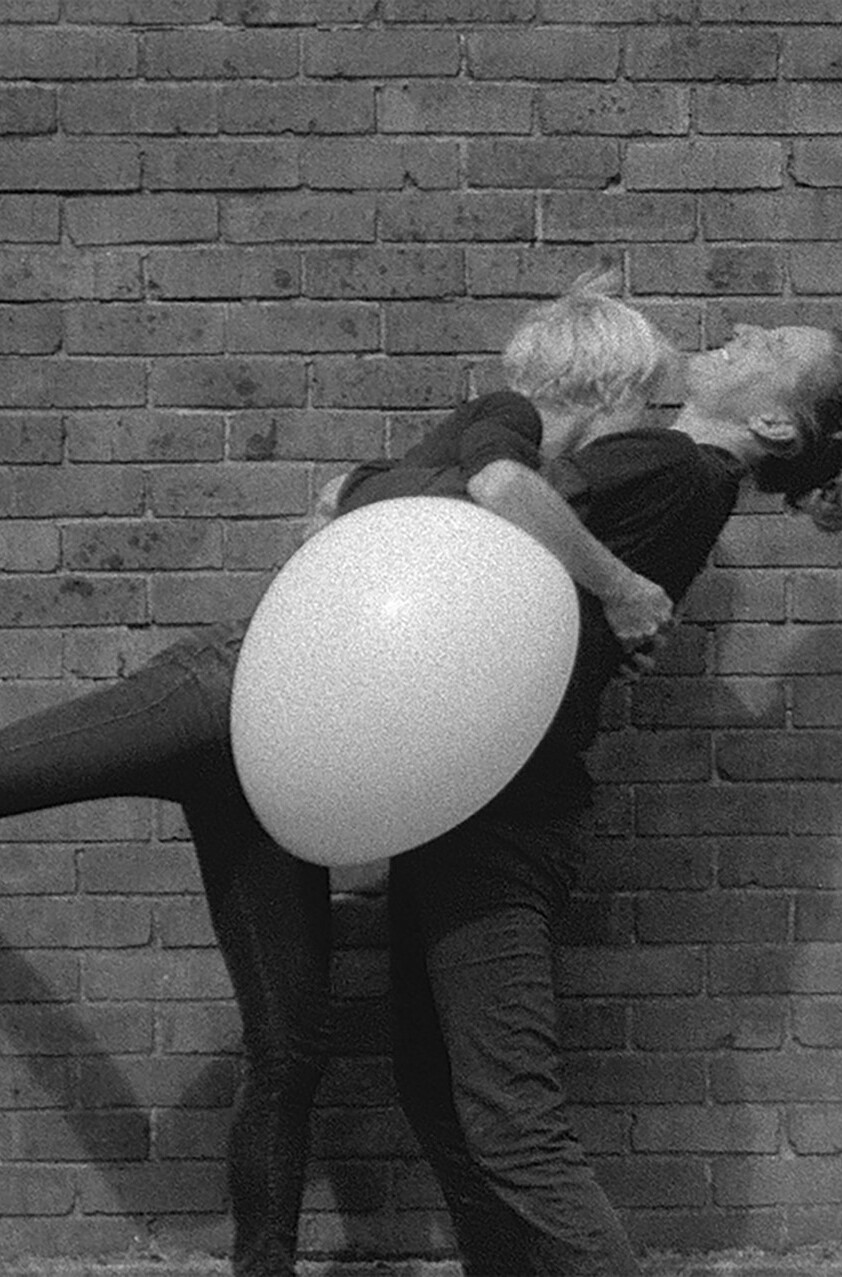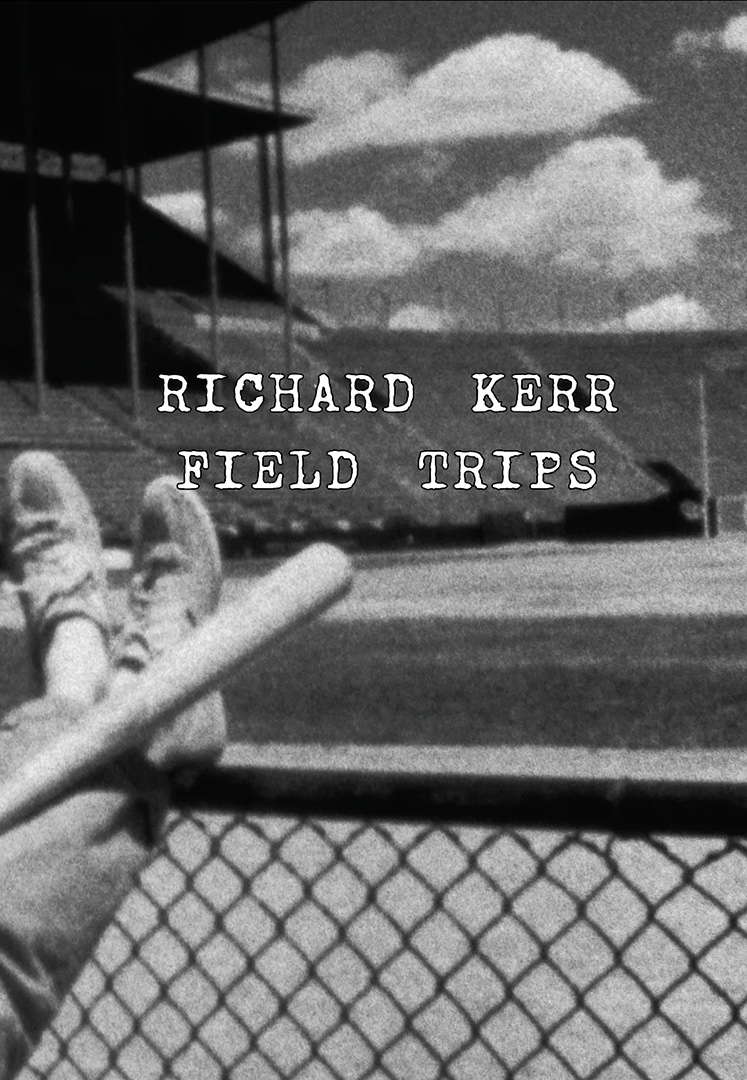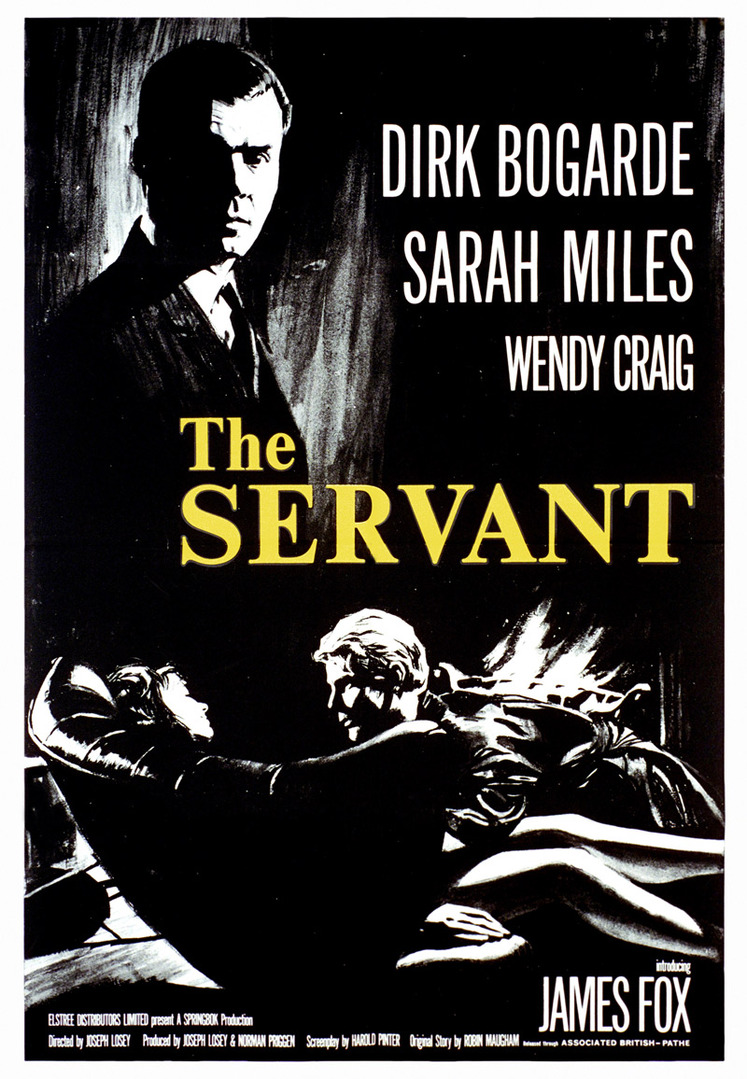If certain decades of American cinema are immediately identifiable, this is not quite the case for the 1990s and early 2000s, which form a sort of continuum of films straddling two centuries. It is as if the idea of a new era was an occasion for the American cinema to search for and reinvent itself, between the blockbuster era of the 1990s and the digital revolution that began in the 2000s. While some big names prove that they have not said their last word (David Lynch, Martin Scorsese, Terrence Malick), young filmmakers begin their career (Quentin Tarantino, Michel Gondry, Gus Van Sant), confirm their talent (Todd Haynes, Gregg Araki, Steven Soderbergh) or make the highlight of their filmography before disappearing (Tony Kaye, Lodge Kerrigan). Still, there is an undeniable pleasure in revisiting some of the major works of this moment, oscillating between new imaginations, a taste for quotes and the reappropriation of some cinematic styles.
William Keane is looking for his daughter in the train station where she disappeared six months earlier. He wanders around, questioning passers-by, suffering deeply. His encounter, in the New York hotel where he is staying, with a woman and her daughter who is the same age as his, accentuates his trouble even more.
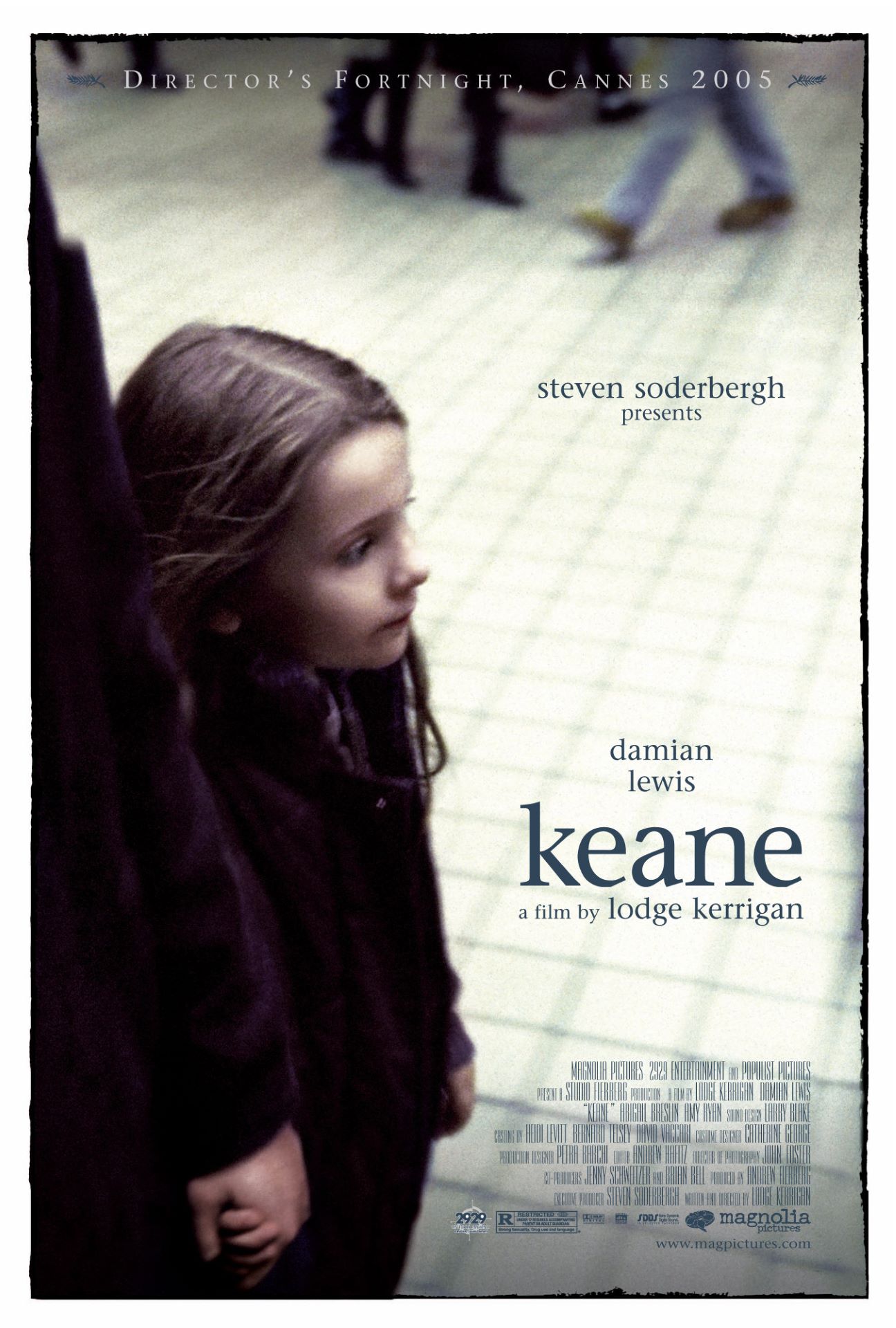
Lodge Kerrigan
Lodge Kerrigan is a New York director who has made his mark through his films. Throughout his filmography, he has developed a style close to the documentary, with a will to rehabilitate the excluded and marginalized of society, while denouncing its dehumanization.

